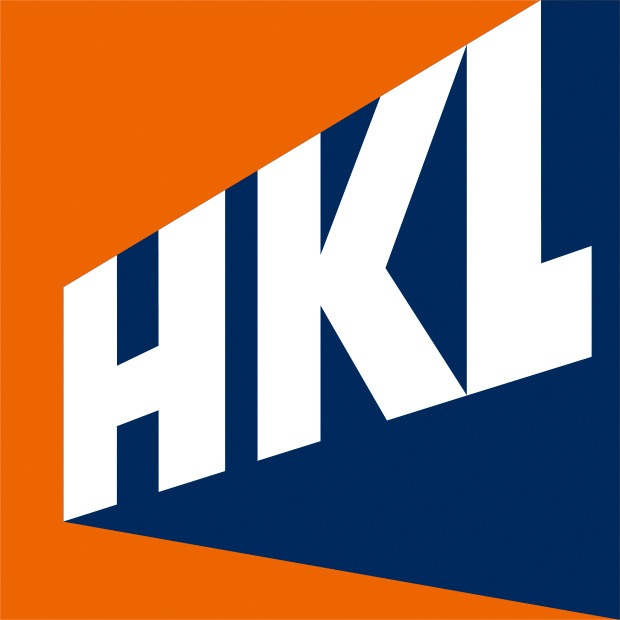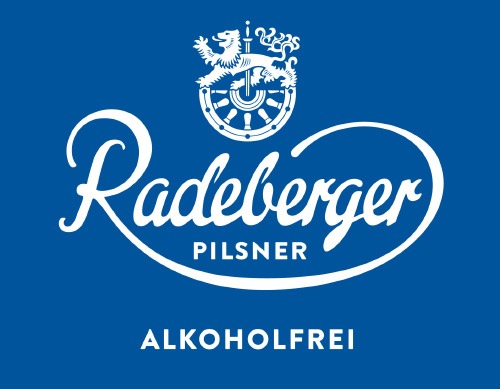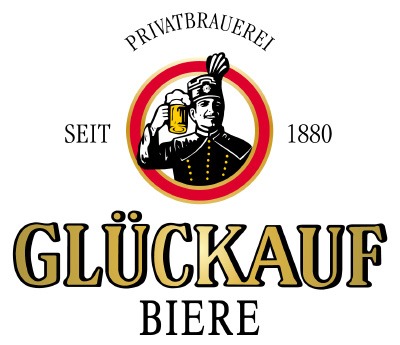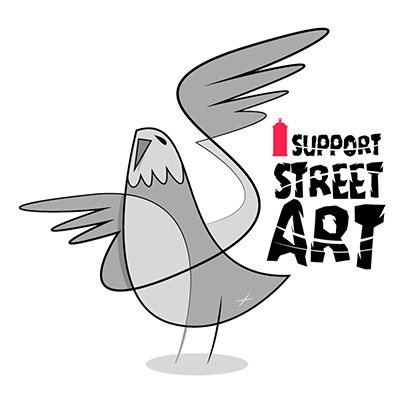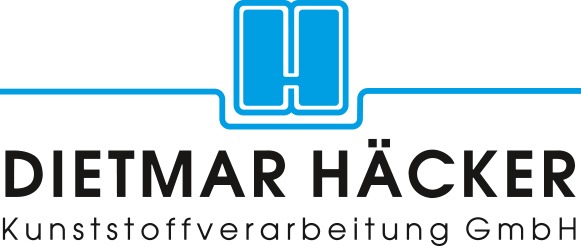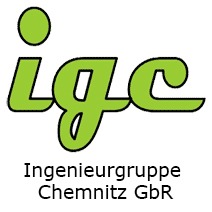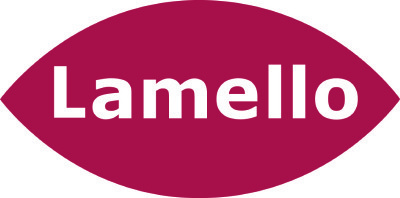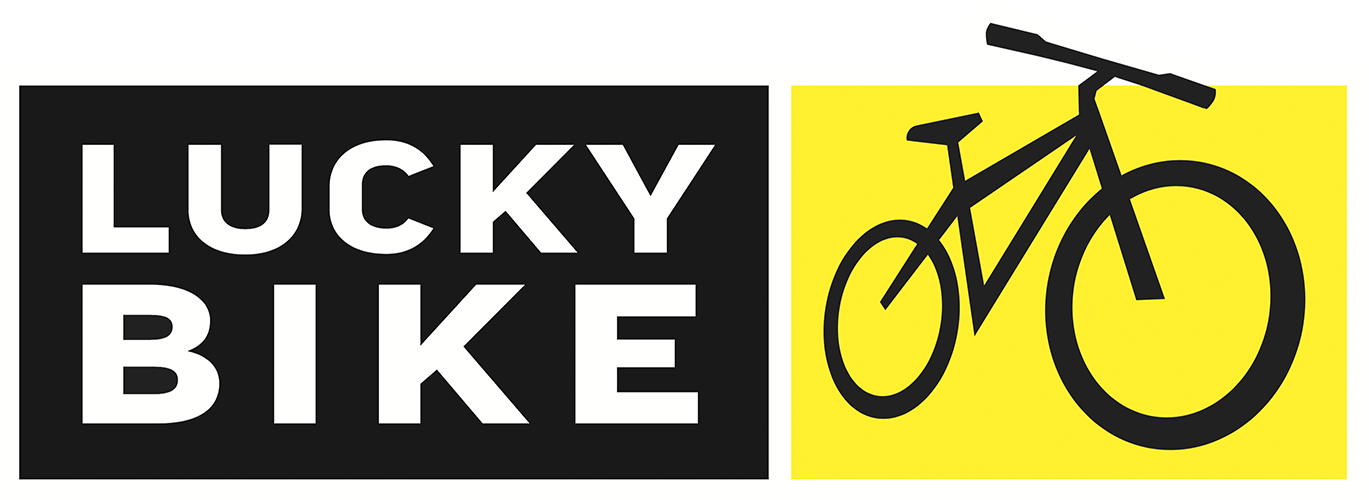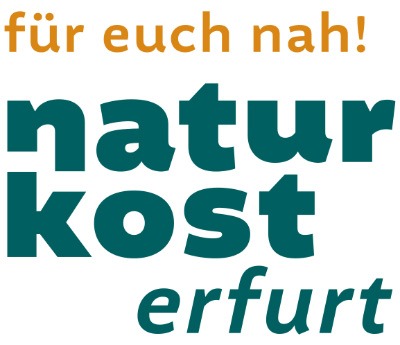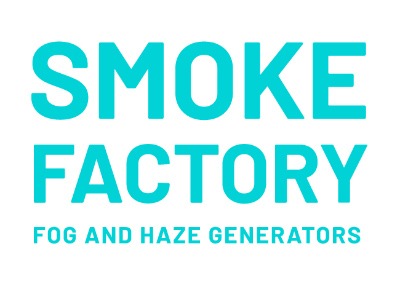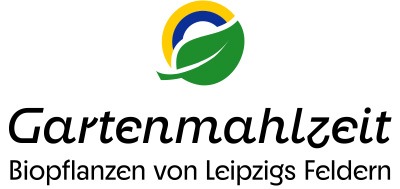Ergebnis der Ziehung vom Schmiiniatur-Gewinnspiel auf der ibug 2025:
Platz 1: Los 280
Platz 2: Los 340
50 weitere Gewinne: Los Nummer 3, 7, 39, 57, 58, 59, 172, 230, 236, 255, 270, 281, 300, 306, 311, 332, 342, 354, 356, 366, 367, 377, 408, 410, 445, 461, 464, 508, 522, 523, 524, 535, 621, 626, 628, 630, 640, 697, 698, 704, 705, 740, 771, 777, 780, 822, 825, 830
Die Gewinner:innen werden in Kürze vom Künstler kontaktiert.
ibug 2025 – Festival für urbane Kunst in Chemnitz
Die ibug – eines der bedeutendsten Festivals für urbane Kunst in Europa – zieht 2025 in das ehemalige Krankenhaus in der Scheffelstraße 110 in Chemnitz ein. In ihrer 20. Ausgabe macht die ibug (kurz für Industrie-Brachen-Um-Gestaltung) erneut ein Relikt sächsischer Industriekultur zur temporären Leinwand für Künstler:innen aus aller Welt und zur Bühne für Kreativität, Austausch und Gemeinschaft, diesmal im Rahmen des Programms zur Europäischen Kulturhauptstadt Chemnitz 2025. Die Veranstalter vom ibug e.V. mit Sitz in Leipzig verwandeln dafür wieder ein stillgelegtes Areal in ein vibrierendes Festivalgelände: drei Gebäude, ein ehemaliger Schutzraum sowie ein grüner Innenhof des weitläufigen Krankenhauskomplexes werden zur temporären Ausstellung für vielfältige Kunst sowie mit Workshops und Talks, Historie, Film und Musik bespielt.
Drei Festivalwochenenden mit vollem Programm
Insgesamt sind in diesem Jahr 70 Künstler:innen, Duos und Kollektive aus 25 Ländern nach Chemnitz eingeladen. Mit dabei sind alte Bekannte und neue Gesichter, u.a. Isakov & Krashkid (Deutschland), Tschief (Deutschland), Katrin Lazaruk (Deutschland), EJSMONDT (Polen), Chinagirl Tile (Österreich), Chiara Dahlem (Luxemburg), Tera Drop (Italien), Alaa Satir (Sudan), Yukiko (Japan), GABS (Brasilien) oder N U L O (Uruguay). Das Spektrum der Kunst reicht von großflächigen Murals über Paste-Ups und Illustrationen bis zu Installationen und multimedialen Projekten. Das Kollektiv Adhocrates (Österreich) war schon mehrfach auf der ibug zu Gast und plant beispielsweise unter dem Titel “flow/resistance” eine wiederentdeckte Prototypen-Werkstatt der Auto-Union (1936-1945) mit Objekten, die sich auf dem Areal angesammelt haben.
Im Anschluss an die zweiwöchige Kreativphase ist das Festivalgelände an drei Wochenenden – vom 22. bis 24. und vom 29. bis 31. August sowie vom 5. bis 7. September – für das Publikum geöffnet. Die Ausstellung kann dann jeweils bis 20 Uhr erkundet werden. Parallel lädt bis in den Abend ein Biergarten zum Verweilen ein. Das Rahmenprogramm bietet u.a. Führungen durch die Ausstellung, in denen die Kunstwerke präsentiert bzw. die Geschichte der Brache vermittelt werden, verschiedene Workshops, Gesprächsrunden zu Themen wie “Wände – Kunst – Politik. Die architekturbezogene Kunst in der DDR” oder “Wie aus Industriebrachen Kreativorte werden” mit Experten und Gästen sowie den Livepainting-Wettstreit “MalJam”. Dazu gibt es ein durchgehendes Musikprogramm mit DJs wie Tony Johnson, Rena Volvo, Goldie Palm, Daniel Hauser, Shizo van de Sunflower und Konzerten u.a. von JPD, Searching for Home, Kubas Lounge Band, Oh No Noh, Josua Karlsson, Classic on Synth.
Ein Gelände mit Geschichte
Ursprünglich als Presto-Werke errichtet und später von der Auto-Union AG als Zentrale genutzt, wurde das Areal nach dem Zweiten Weltkrieg in ein Krankenhaus umgewandelt. Das sogenannte „Krankenhaus Stadtpark“ leistete über fünf Jahrzehnte medizinische Versorgung für Chemnitz und Region. Seit der Schließung 1997 steht der Komplex leer.
ibug 2025 – Festival for urban art in Chemnitz
ibug – one of the most important festivals for urban art in Europe – is moving into the former hospital at Scheffelstraße 110 in Chemnitz in 2025. In its 20th edition, ibug (short for Industrie-Brachen-Um-Gestaltung) will once again turn a relic of Saxony’s industrial culture into a temporary canvas for artists from all over the world and a stage for creativity, exchange and community, this time as part of the European Capital of Culture Chemnitz 2025 programme. V., based in Leipzig, are once again transforming a disused area into a vibrant festival site: three buildings, a former shelter and a green inner courtyard of the extensive hospital complex will be transformed into a temporary exhibition of diverse art, as well as workshops and talks, history, film and music.
Three festival weekends with a full programme
A total of 70 artists, duos and collectives from 25 countries have been invited to Chemnitz this year. Among them are old acquaintances and new faces, including Isakov & Krashkid (Berlin / Hamburg), Tschief (Germany), Katrin Lazaruk (Belarus / Germany), EJSMONDT (Poland), Chinagirl Tile (Austria), Chiara Dahlem (Luxembourg), Tera Drop (Italy), Alaa Satir (Sudan), Yukiko (Japan), GABS (Brazil) and N U L O (Uruguay). The spectrum of art ranges from large-scale murals, paste-ups and illustrations to installations and multimedia projects. The collective Adhocrates (Austria) has already been a guest at ibug several times and is planning, for example, a rediscovered prototype workshop of the Auto-Union (1936-1945) with objects that have accumulated on the site under the title ‘flow/resistance’.
Following the two-week creative phase, the festival site will be open to the public on three weekends – from 22 to 24 and 29 to 31 August and from 5 to 7 September. The exhibition can then be explored until 8pm. At the same time, a beer garden invites visitors to linger into the evening. The supporting programme offers guided tours through the exhibition, in which the works of art are presented and the history of the wasteland is explained, various workshops, discussion rounds on topics such as „Walls – Art – Politics. Architecture-related art in the GDR‘ or ’How industrial wastelands become creative places‘ with experts and guests, as well as the live painting competition ’MalJam“. There will also be a continuous music programme with DJs such as Tony Johnson, Rena Volvo, Goldie Palm, Daniel Hauser, Shizo van de Sunflower and concerts by JPD, Searching for Home, Kubas Lounge Band, Oh No Noh, Josua Karlsson, Classic on Synth, among others.
A site with history
Originally built as the Presto factory and later used by Auto-Union AG as its headquarters, the site was converted into a hospital after the Second World War. The so-called ‘Krankenhaus Stadtpark’ provided medical care for Chemnitz and the region for over five decades. Since its closure in 1997, the complex has stood empty. Now it is undergoing a creative revitalisation. The ibug combines urban art in all its facets with a diverse music and education programme. The festival has long been much more than just an exhibition: it is a place of togetherness, learning and creation – and conveys an incomparable attitude to life.
Tickets und Vorverkauf
Tagesticket: 15 € (Fr: 12 €)
Tagesticket ermäßigt: 10 € (Fr: 8 €)
Wochenendticket (jew. für eins der
drei Festivalwochenenden): 30 €
Festivalticket (gilt an allen Festivaltagen): 40 €.
HINWEIS: Es gibt auch vor Ort die Möglichkeit Tickets zu erwerben, selbst wenn die Online-Variante nicht mehr verfügbar ist.
Öffnungszeiten
Ausstellung:
Freitags von 15 bis 20 Uhr, Samstags und Sonntags von 10 bis 20 Uhr
Biergarten im Außenbereich, mit Bühnenprogramm:
Freitags von 15 bis 22 Uhr, Samstags von 10 bis 23 Uhr, Sonntags von 10 bis 20 Uhr
Biergarten im Außenbereich, ohne Bühnenprogramm:
Freitags und Samstags bis 0 Uhr
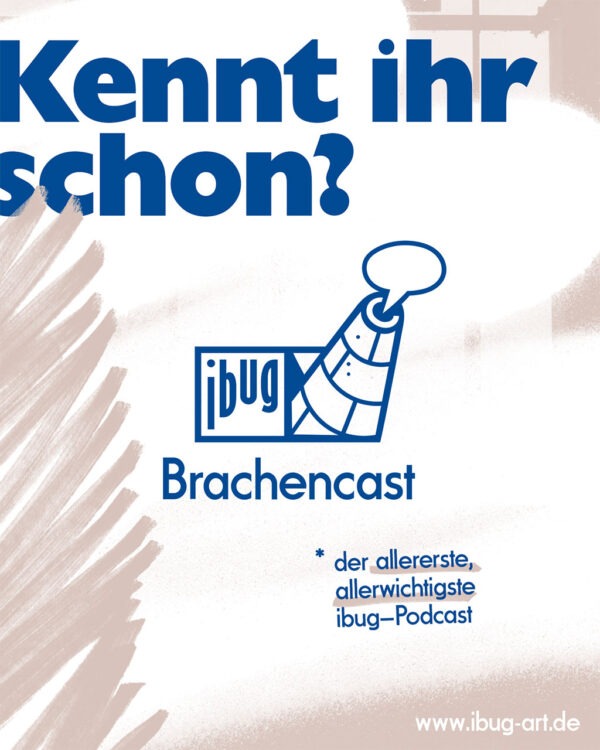
Brachencast – der allererste allerechte ibug-Podcast.
Hier erhaltet ihr einen hautnahen Einblick hinter die Kulissen des Festivals. Mit unseren Podcasthosts Cata und Ida rekonstruieren wir Folge für Folge den Prozess der ibug. Von der Geschichte hin über die Planung und der Entstehung der Kunst bis hin zum Festival selbst und dem Danach. In jeder Folge erwartet euch ein Gast mit Expertise und einer Handvoll Anekdoten der jeweiligen Festivaletappe🌟.
Förderer 2025



